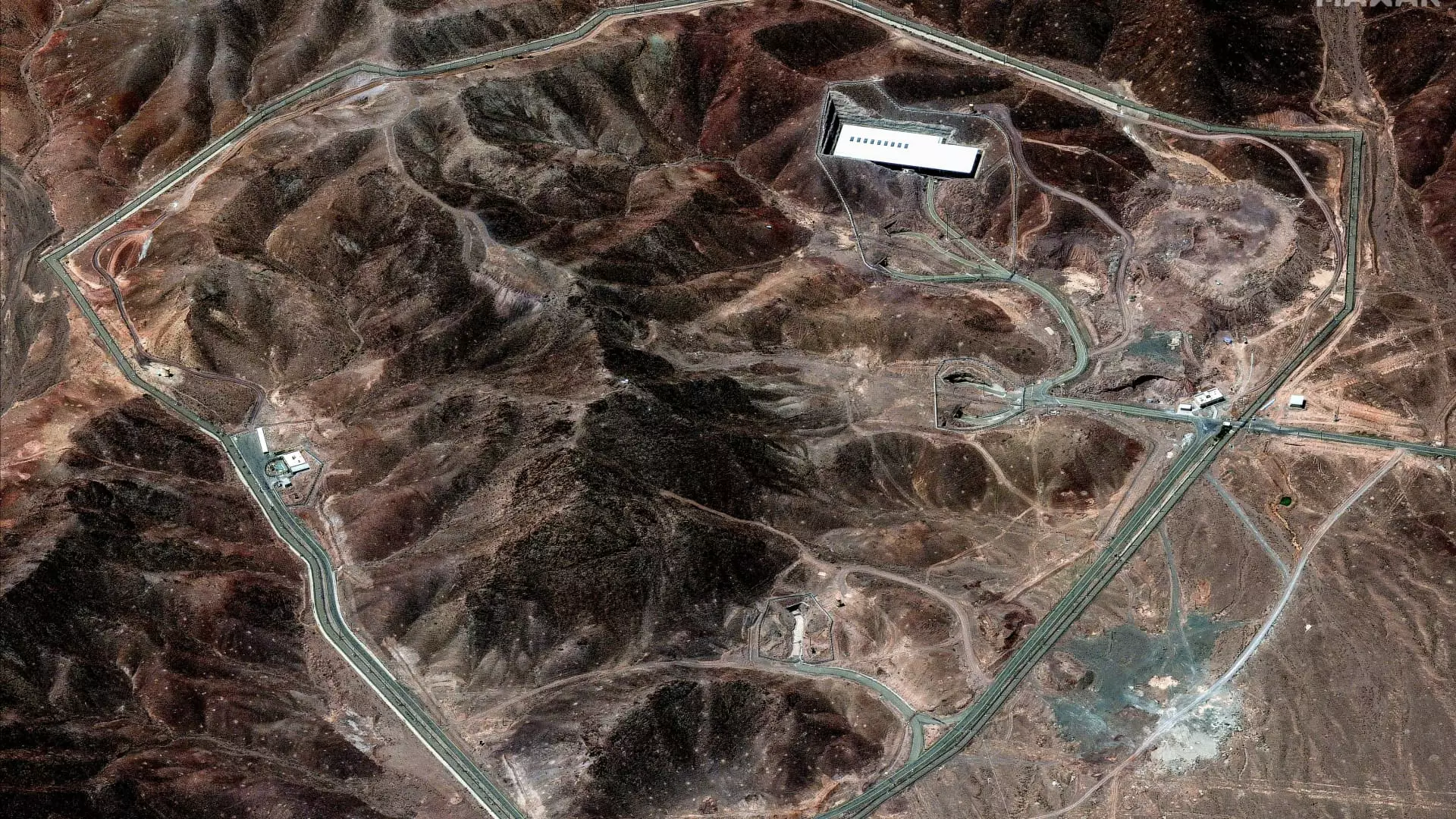The recent military actions against Iran’s nuclear facilities have sparked a wave of dialogue around the implications and effectiveness of such strikes. U.S. President Donald Trump’s enthusiastic declaration of “obliteration” following the tactical strikes on Iran’s fortified nuclear sites raises critical questions about the veracity of his claim and the broader geopolitical ramifications that accompany such aggressive gestures. The world is witnessing a pivotal moment where military might and nuclear capabilities intertwine, showcasing the thin line between security and reckless escalation.
The striking of Iran’s nuclear program, specifically at facilities like Fordo, Natanz, and Isfahan, symbolizes more than just an attack—it represents a shift in the U.S. military’s operational strategy and its willingness to confront perceived threats head-on. According to statements from military leadership, including General Dan Caine, the damage inflicted was labeled severe, yet the uncertainty that shadows the capability of Iran’s nuclear ambitions is palpable. This inconsistency between the perceived success of the mission and the uncertain future of Iran’s nuclear capabilities demands scrutiny.
The Cost of Casual Certainty
The military’s claim of “precision strikes” must be viewed through a critical lens. While Secretary of Defense Pete Hegseth confidently affirmed that all intended targets were struck, such assurances can often mask the inherent unpredictability of aerial warfare. One must consider the ramifications of such claims in light of civilian safety and long-term geopolitical stability. The use of “bunker buster” bombs might sound impressive in military parlance, but the implications of these strikes echo far beyond the immediate destruction.
Moreover, Gen. Caine emphasized that battle damage assessments are yet to be concluded, leaving a gaping hole in our understanding of the situation. The term “Battle Damage Assessment” itself is laden with military jargon that, while precise, can often stray from the human impact of warfare. Specifically, how many lives are disrupted or destroyed in the wake of these “successful” military operations remains an unanswered question, drowned out by the celebratory rhetoric of obliteration and performance metrics.
The Danger of Exaggerated Claims
The euphoria surrounding military victories can easily lead to the exaggeration of accomplishments. Trump’s proclamation of “monumental damage” and the haunting imagery of satellite images serving as a testament to the destruction raises ethical concerns about warfare’s propaganda. The potential psychological impact of his declaration—how it shapes perceptions of U.S. power and Iranian resilience—could perpetuate a cycle of hostility and militaristic bravado.
Moreover, Iranian responses have yet to be fully unveiled. Statements regarding the relocation of enriched uranium hint at a deeper tactical acumen that contradicts the narrative of obliteration. Such strategic movements beg the question: Is the military rhetoric merely inflating a transient victory while the underlying threat remains adaptable? If anything, the shifts in Iranian nuclear policy signal resilience, something the U.S. may have underestimated.
The Consequences of Disregard
Ultimately, the aggressive posturing and military actions highlight a splintered U.S. foreign policy approach. Centered on a narrative of strength through overwhelming force, the consequences of these actions on international diplomacy can be counterproductive. Engaging with a nation like Iran through military might instead of dialogue risks entrenching hostility rather than fostering a pathway towards peace.
As the dust settles from Operation Midnight Hammer, the aftermath will shape relationships across the Middle East and impact U.S. standing globally. The susceptibility of even a military powerhouse like the U.S. to overreach underscores the volatility that accompanies displays of might. Trump’s assurances of damage and destruction may offer a temporary boost to domestic approval, but the question of whether such actions lead to long-term security or peace remains profoundly unsettled. Ultimately, this operation serves as a reminder that the true heart of international relations lies not in obliteration, but in the nuanced dance of diplomacy, understanding, and an authentic commitment to global stability.


Leave a Reply